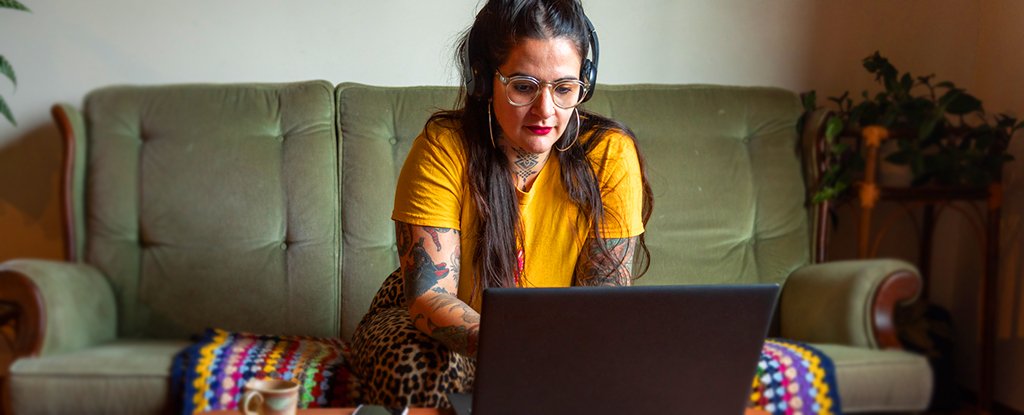Long daily commutes, extensive office meetings, and late night TV binges are not without a health cost. Repeated studies have made it clear that too much sitting is a recipe for an early grave.
Yet like so much in science, the evidence is limited to what can be studied close to home. Far from research institutions of affluent countries, the consequences of sedentary living haven't been scrutinized in as much detail, leaving open the possibility that low and middle income populations might have a different experience.
Now, a study by an international team of researchers involving more than 100,000 individuals across 21 countries has revealed people in poorer parts of the world suffer even worse effects from long days perched in one position.
While greater amounts of sitting were associated with an increased risk of mortality and cardiovascular disease in all of the populations studied, the relationship was more pronounced in low income nations like Bangladesh, India, and Zimbabwe.
Sitting for six to eight hours a day – be it at work, in a car, or in front of the television at night before heading off to bed – increases the relative risk of heart disease and premature death by around 12 to 13 percent, compared to people who sit less than four hours per day.
Bump that time up to eight hours or more, and the relative risk lurches to an astonishing 20 percent.
When the data are separated into different economic categories, sitting for more than eight hours a day in low-income and lower-middle-income countries risks a jump in death and heart disease of just under 30 percent (again, relative to sitting four hours or less).
On one hand, the study shows just how widespread the problem of reduced physical activity is. But a more serious implication is the role poverty plays in determining the ultimate impact every extra hour of sitting has on the body.
It's hard to say based on the results alone why the discrepancy exists.
"The difference in the association might be partly explained by the different domains and patterns of sitting behaviors across different income levels," the researchers suggest in their published report.
"That is, television viewing time is more common among people with lower socioeconomic positions and showed a stronger association with outcomes compared with other sitting behaviors perhaps owing to coincident poor nutrition habits and prolonged and uninterrupted sedentary patterns."
While not all types of sitting are the same, the researchers did find evidence backing claims that exercise has a strong mitigating effect on mortality and prevalence of cardiovascular disease.
Astonishingly the study authors found that sitting and inactivity accounted for only a slightly smaller percentage of deaths than smoking.
"For those sitting more than four hours a day, replacing a half hour of sitting with exercise reduced the risk by 2 percent," says Simon Fraser University health scientist Scott Lear.
"There's a real opportunity here for people to increase their activity and reduce their chances of early death and heart disease."
As persuasive as the message to move out of that chair might be, research on variations in physical activity across socioeconomic groups suggests we might not all have it so easy.
Although a complicated topic, studies suggest subtle differences in access to suitable areas for physical activity, opportunities to manage time and access to exercise, and motivation to prioritize, say, a walk over a bus ride, could mean leaving the chair is more of a challenge when money is tight.
What is abundantly clear is our lives provide less opportunity to get up and move around than ever, with total sitting time leaping by just under an hour per day among US adults over the past ten years.
No matter where we live, it's an hour we can't afford to lose.
This research was published in JAMA Cardiology.
- Karlston
-

 1
1



Recommended Comments
There are no comments to display.
Join the conversation
You can post now and register later. If you have an account, sign in now to post with your account.
Note: Your post will require moderator approval before it will be visible.